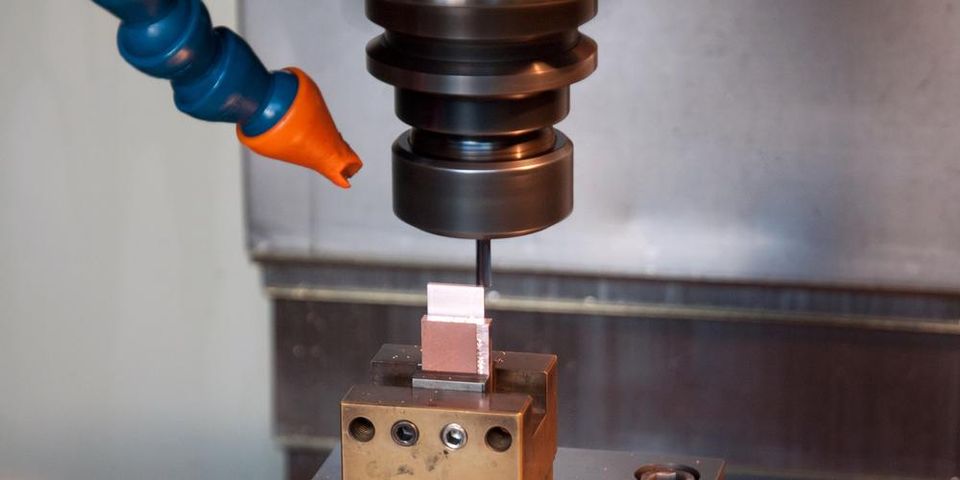
Plastics are just about everywhere you look—they can be found in electronics, the office, and even in your home. Each object that incorporates plastic relies on a variety of molds and components to function properly. Insert molding is one of the most common techniques used to combine plastic and non-plastic materials. Here’s a brief overview of the technique and how it’s used in modern applications.
Insert Molding Defined
 This form of plastic molding is designed to encase non-plastic components in a plastic shell. Then, plastic polymers are injected into the mold, encasing the insert according to its design specifications. Once the plastic cools, the product can be removed from the mold and used for its intended application.
This form of plastic molding is designed to encase non-plastic components in a plastic shell. Then, plastic polymers are injected into the mold, encasing the insert according to its design specifications. Once the plastic cools, the product can be removed from the mold and used for its intended application.
How Insert Molds Are Used
Insert molds are used in just about every industry you can imagine, but they are most commonly utilized in the automotive, health care, manufacturing, and aerospace industries. The insert molding process closely binds plastic and the non-plastic materials for these applications, making them more durable and shock-resistant.
The injected thermoplastics act as a buffer to the metal inside, improving its tensile strength and reducing the risk of breakage. This ensures the completed product can function properly for longer periods, reducing the risk of premature failure commonly found in uncoated metal components. Best of all, molding helps reduce the total amount of metal used in a particular machine or appliance, which decreases its overall weight and improves its versatility and usability.
At IMCO in Spencerport, NY, their dedicated team will help with all of your insert molding needs. Their in-house design experts will craft a custom mold for your project, whether you need help with tool building or are looking for a replacement piece for older equipment. Learn more about their services by visiting their website and call (585) 352-7810 to discuss your needs today.
About the Business
(2 reviews)
Have a question? Ask the experts!
Send your question

